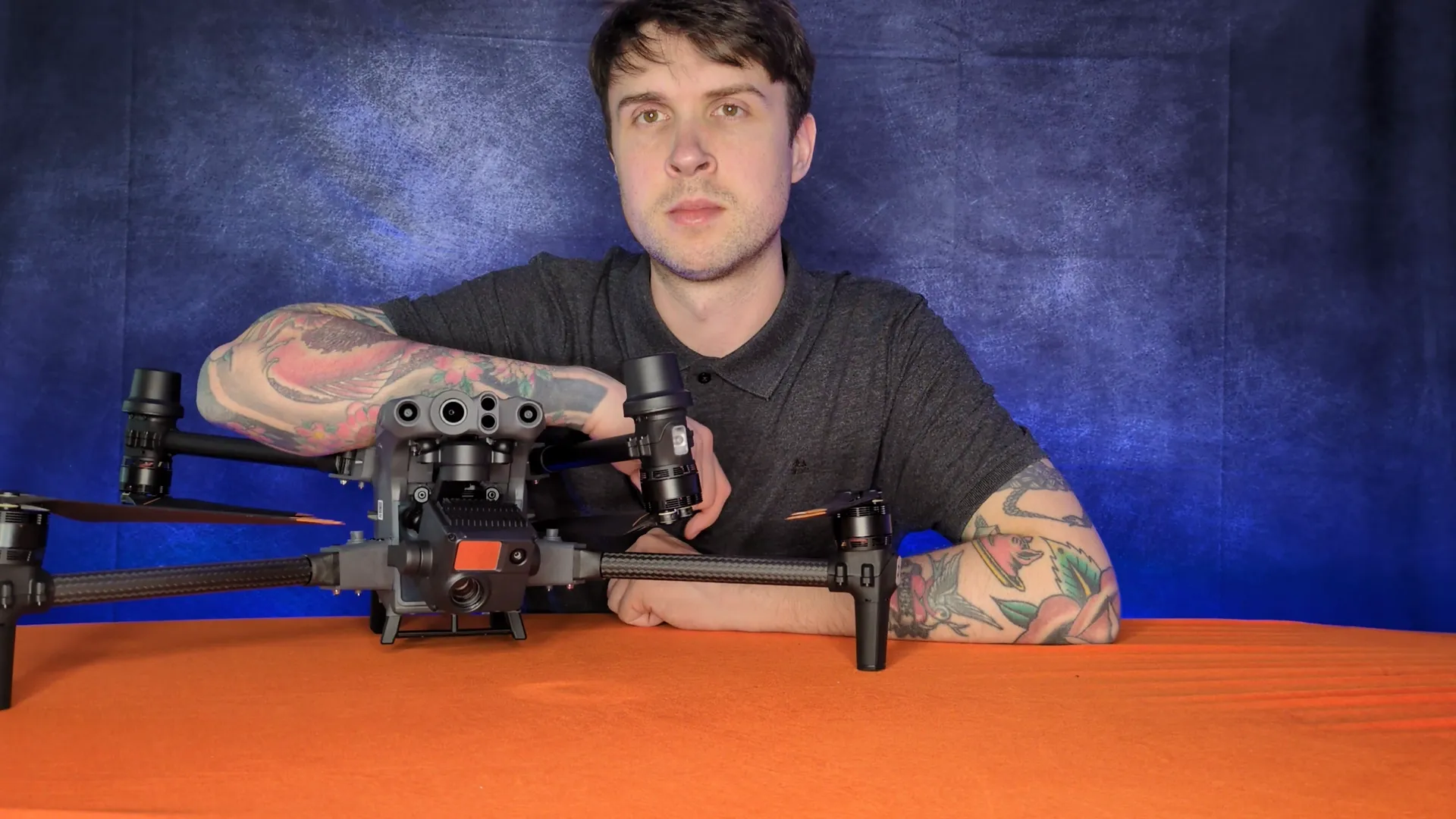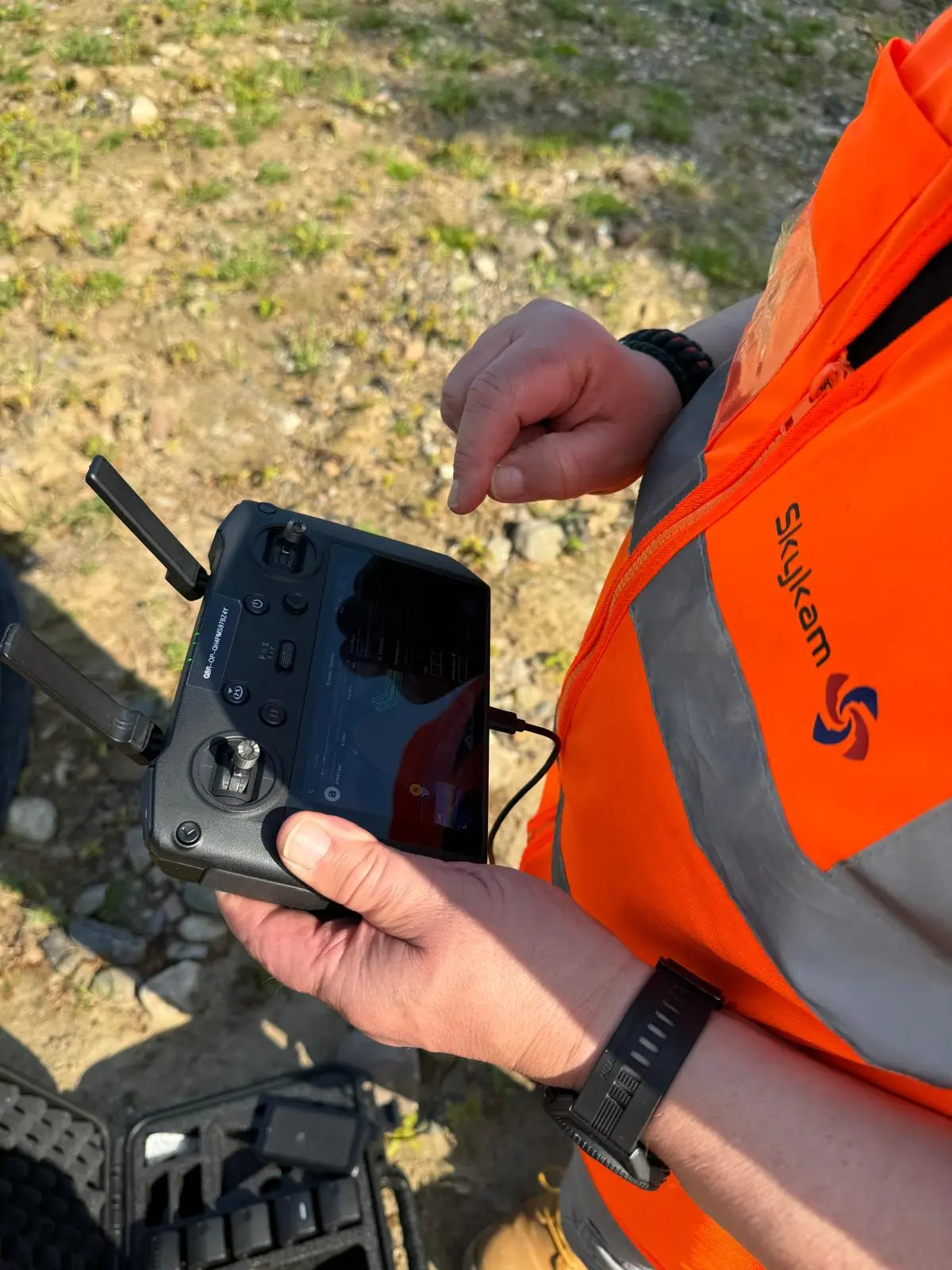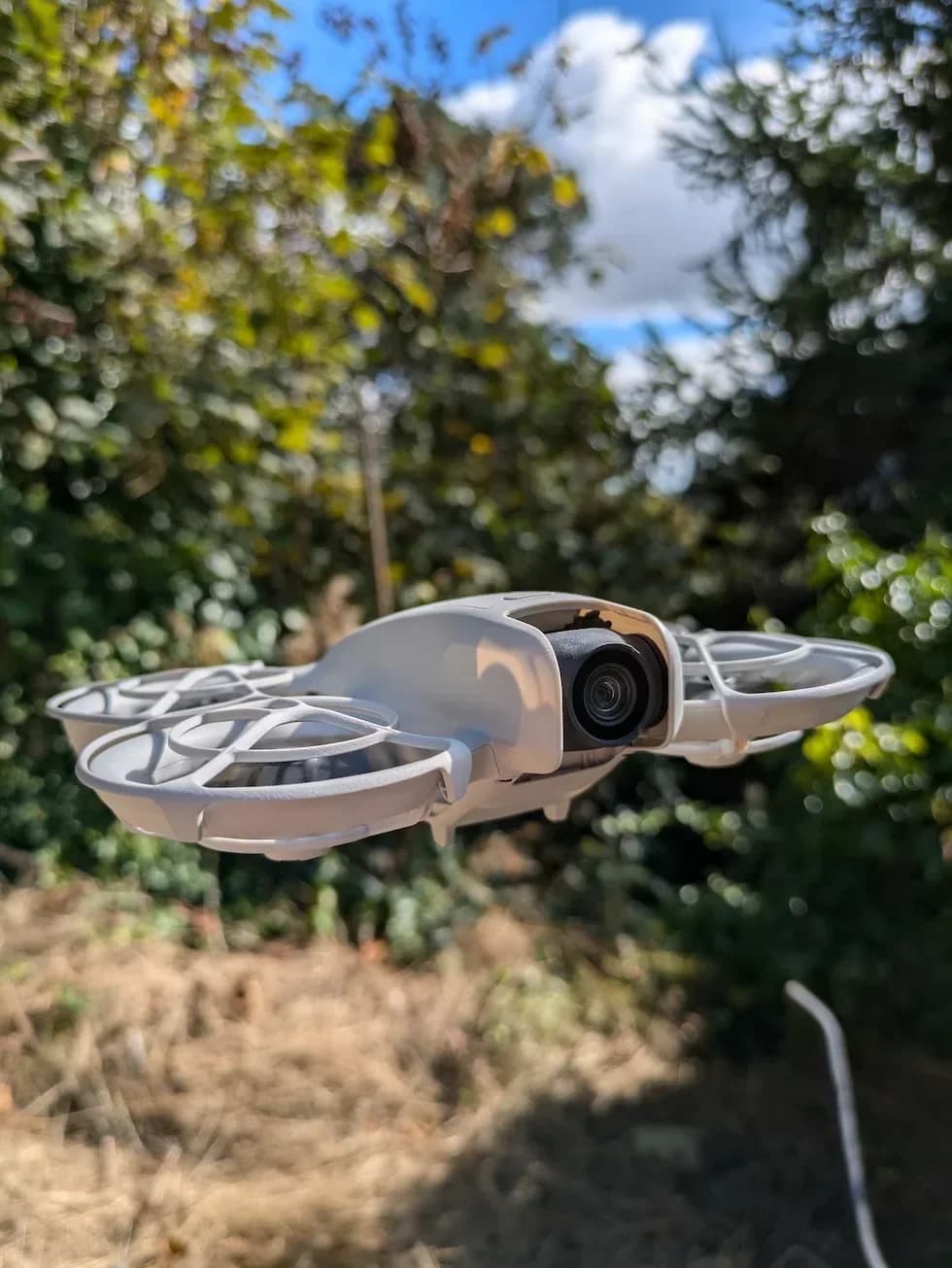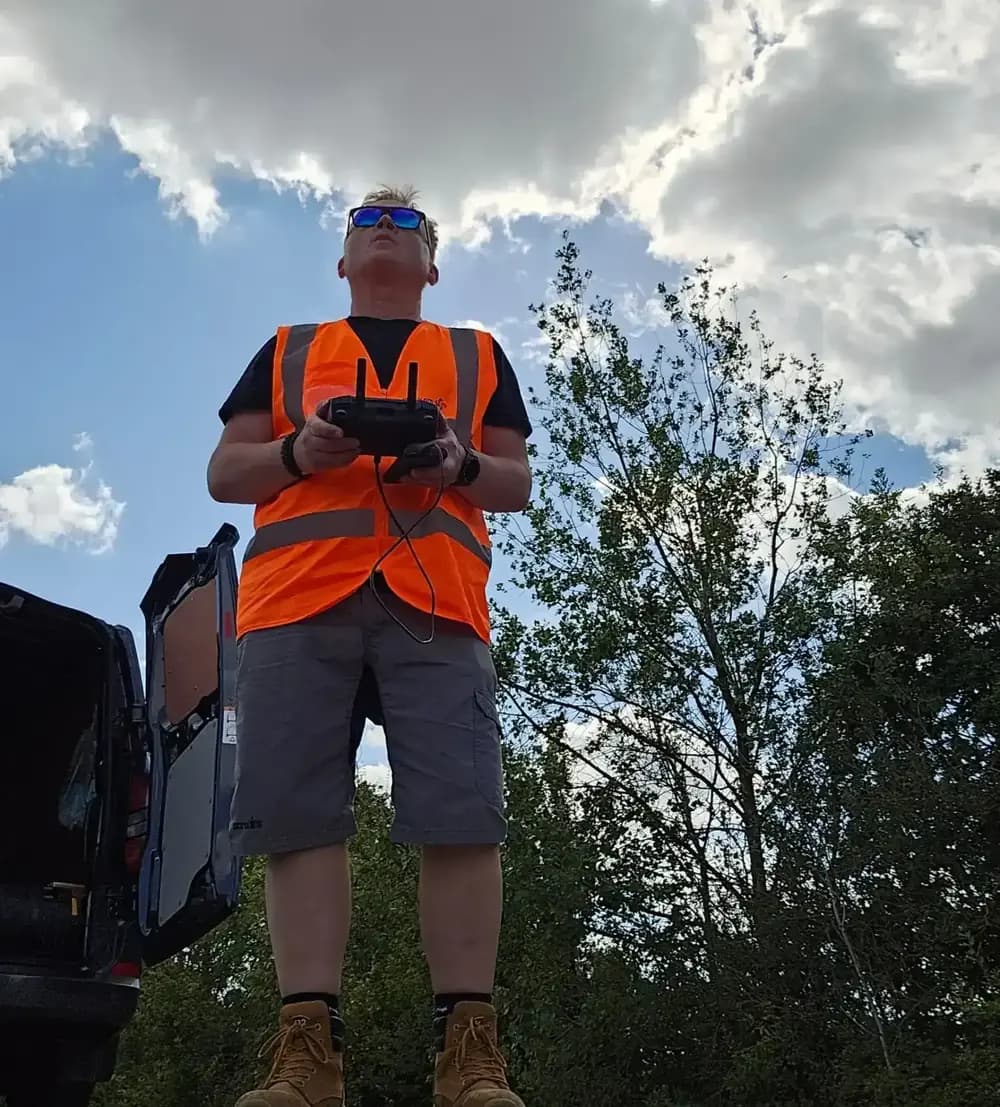
You've likely heard of Return to Home (RTH) on your drone. It's the safety net designed to automatically bring your drone back to you.
While it sounds simple, its behavior can change dramatically based on what triggers it, like signal loss or a low drone battery.
Understanding how your drone reacts is essential, as the difference between a safe return and a flyaway often lies in the details of its programming.

30 Second Summary
- Return to Home is an automated safety feature that autonomously flies a drone back to its preset home point.
- It can be triggered manually by the pilot or automatically due to low battery or lost controller signal.
- The function uses GPS to lock onto the takeoff coordinates, creating a reliable recovery plan for the drone.
- A drone's RTH behavior changes based on distance, often ascending to a safe altitude before returning.
- This feature serves as a crucial failsafe to prevent crashes, flyaways, and the loss of the drone.
What is Return To Home (RTH) on A Drone
Return-to-Home (RTH) is an automated safety feature that flies your drone back to a pre-defined home location, which is typically its takeoff point. Before you even lift off, your drone uses its GPS to lock onto the starting coordinates, establishing this spot as its home point.
You can think of this feature as a crucial digital safety net. It's specifically designed to give you peace of mind, knowing there’s a reliable, automated system ready to help you recover your valuable drone should you need it.
When the RTH function begins, your drone executes a pre-programmed flight plan entirely on its own. It will generally ascend to a pre-set RTH altitude, ensuring it safely clears potential obstacles like trees or buildings below.
From there, it uses its internal compass and GPS to navigate a direct path back above the home point. Once it arrives, it will autonomously descend and land, safely completing its journey.

How To Set Return To Home (RTH) On Your Drone
The home point on a drone is automatically set when you take off, recording the GPS location where the aircraft launches. However, you can manually update this home point before or during flight to ensure your drone returns to the correct location.
Automatic Home Point Setup
When you power on your drone and it establishes a GPS connection, the home point is automatically set to the takeoff location. You should wait for the GPS to acquire at least 10 satellites before takeoff to ensure an accurate home point is recorded. Once the drone takes off and hovers around 3 meters, the home point updates automatically.
Manual Home Point Update Methods
You can manually change the home point at any time during flight using three methods:
Set to Remote Controller Location: Updates the home point to wherever you (the controller) are currently standing, useful when moving with the drone or during active tracking
Set to Aircraft Position: Updates the home point to the drone's current location in the air, helpful if you need to land immediately due to low battery
Set to Custom Map Location: Drag the map to select any specific spot as the new home point, such as a parking lot instead of sand at the beach
How to Access Home Point Settings
To update the home point on DJI drones, tap the three dots in the top right corner of the camera view, navigate to Settings, select Safety, then tap Update Home Point. This brings up a map showing your current location with icons for the aircraft and controller positions. Select your preferred option and tap OK to confirm the update.
When to Update Home Point
You should update the home point whenever you move locations during flight, when flying from a boat (set to a dock rather than water), when taking off from areas with obstacles like trees, or if your initial takeoff spot becomes unsuitable for landing. You can even update the home point

RTH Triggers
Now, let's look at what actually triggers a Return to Home sequence. You can manually initiate RTH yourself, but your drone also has crucial failsafe systems that activate it automatically.
The most common automatic triggers are a critically low drone battery or a lost connection with your controller.
Manual Activation (Smart RTH)
The most direct way to bring your drone home is through manual activation, also known as Smart RTH. This is when you, the drone pilot, decide it's time for the drone to return.
You don't have to wait for an issue to arise; you can trigger this feature at any point during your flight. Simply press the dedicated RTH button on your remote controller, or tap the RTH icon within your flight app.
Once you've initiated it, your drone stops its current task and begins its automated flight path back to the recorded Home Point. It's the simplest RTH trigger because you're in full command, making a conscious choice to bring your drone back to you safely.
Low Battery
Beyond your manual commands, the drone can also decide to come home on its own. One of the most critical automatic triggers for Return to Home is a low drone battery.
Your drone isn't just waiting for the drone battery to hit a specific percentage; it's smarter than that. It's constantly calculating its distance from the recorded home point and cross-referencing that with its remaining drone battery life and current conditions like wind.
When its flight controller determines the drone battery has reached the minimum level required to safely fly back, it automatically triggers RTH. You'll get a prominent warning on your screen, and the drone will begin its journey home, preventing it from running out of power mid-air and dropping from the sky far from you.
Signal Loss (Failsafe RTH)
If communication between your drone and the remote controller is lost, it triggers a Failsafe RTH. This signal loss often happens when you fly beyond your controller's maximum range, go behind large obstructions like buildings or hills, or encounter strong radio frequency interference.
Your drone won't react instantly, though. It's programmed to wait for a short period, usually between 3 to 11 seconds, depending on the model. This delay prevents an unnecessary RTH during a momentary signal flicker.
If the connection isn't re-established within that time, the failsafe procedure begins automatically. Your drone will then initiate its flight back to the home point, a critical feature designed to prevent a dreaded flyaway and bring your drone back safely.
Other Failsafe Conditions
While signal loss is a common failsafe trigger, other conditions can also send your drone home automatically. For instance, your drone may initiate an RTH sequence if you fly it out to an excessive distance from your home point.
This isn't simply about losing your controller's signal. Instead, the drone’s onboard system continuously calculates if it has enough drone battery reserves to make a safe return trip from its current position. If that distance becomes too great and the drone battery math doesn't add up, it will override your commands and head home.
Similarly, some drones monitor environmental changes. If your drone detects dangerously high winds that it's struggling to counteract, it can also trigger a failsafe RTH to avoid being blown off course.

Drone Return To Home (RTH) Behaviour
How your drone behaves during a Return to Home (RTH) depends on its distance from the home point. If you've triggered RTH and your drone is less than 5 meters away, it'll land immediately.
When it's between 5 and 20 meters out, it flies straight back to you at its current altitude. However, for any distance beyond 20 meters, its behavior changes.
Your drone will first ascend to the preset RTH altitude you’ve programmed. This crucial step ensures it clears potential obstacles like trees or buildings before returning home.
You'll also find that some advanced drones offer even smarter RTH options. They can precisely retrace their original flight path or even plan an entirely new, optimized route back home, all while dynamically avoiding obstacles and respecting no-fly zones they encounter. This makes the return trip much safer in complex environments.

Importance of Return To Home Function for Drone Operations
The RTH function isn't just a convenient button; it's your drone's most important failsafe. It’s your vital safety net, protecting your investment and ensuring you operate responsibly.
Consider advanced operations like Extended Visual Line of Sight EVLOS flights, which often require specific approval from aviation authorities. In the UK, this might mean getting an Operating Safety Case OSC from the CAA.
A reliable RTH is a key part of that safety case, demonstrating you have robust contingency plans. It helps you fly within the rules.
While your standard commercial drone insurance may cover incidents during compliant flights, RTH is the feature that actively prevents them from happening. It's your primary defense against flyaways and crashes, keeping your operations safe, professional, and insurable without needing special or additional policy terms.

Frequently Asked Questions
What Happens if GPS Signal Is Lost During RTH?
If your drone loses its GPS signal, it’ll immediately suspend the RTH flight path. Without GPS, it can't navigate to your home point. It will hover in place, attempting to reacquire a satellite lock.
If it can't find a signal after a set time, your drone's failsafe will take over, usually forcing it to land at its current location. You'll need to be ready to resume manual control if the connection allows it.
Can I Cancel the Return to Home Function?
Yes, you can cancel the function. On most controllers, you'll find a dedicated pause or cancel button. It's often the same one you'd use to start the process.
Pressing it instantly stops the automated flight, giving you back full manual control. This is a critical feature, especially if you spot an obstacle in your drone's path or you've decided you don't need it to come back to its home point just yet.
Will RTH Work if I Take off From a Moving Boat?
Your drone won’t return to your boat because it locks its home point to static GPS coordinates at takeoff. Since you're moving, that point is left behind.
If the return function activates, it'll fly back to that original spot, not to you. You'll need to manually pilot it back to your boat's new location to prevent it from landing in the water. It’s a common way drone pilots lose their drones.
How Do Strong Winds Affect the Drone's RTH Journey?
You'll find strong winds significantly impact your drone's flight home. Your drone must constantly fight the wind, causing its drone battery to drain much faster than normal.
If it's flying into a headwind, its ground speed will be drastically reduced, extending the journey's time.
In extreme cases, if the wind is stronger than your drone's maximum speed, it won't be able to make headway at all and you'll risk a flyaway.

Can I Update the Home Point Location Mid-Flight?
Yes, you can update your home point mid-flight on most modern drones. It’s a vital function if you’ve moved from your original takeoff spot, like on a boat or while hiking.
You’ll typically find an option within your flight app’s safety settings to reset the home point to your current GPS position or the controller’s location. This ensures the drone returns to you, not to an empty spot where you started your flight.
Ensure Mission Success with Expert Drone Operations
While the Return to Home (RTH) function is a powerful failsafe, its reliability depends on correct setup, risk assessment, and managing variables like signal loss and high winds. Relying on automated systems without expert oversight can still put your project and investment at risk. This is where professional drone pilots make the critical difference.
HireDronePilot connects businesses with verified professional drone pilots for hire. Our network pilots possess the necessary GVC certifications and operational authorisations to handle complex missions, mastering pre-flight checks, contingency planning, and managing in-flight safety features like RTH.
As the UK's premier managed marketplace, we streamline drone services through competitive bidding, ensuring quality, compliance, and value for every aerial project across the United Kingdom. By using our platform, you gain access to the country's top talent and can confidently book a professional drone pilot for your specific needs.
Don't leave the safety and success of your aerial project to chance. Secure a qualified and insured drone operator today to guarantee a professional result from takeoff to landing.
About the Author

Written by
Peter Leslie
Peter Leslie is a CAA-approved commercial drone pilot with 10+ years experience and over 10,000 flight hours. He holds the GVC and A2 CofC drone licences with full CAA Operational Authorisation. Peter is a member of ARPAS-UK, the UK's non-profit trade association for the drone industry. He founded HireDronePilot to connect UK businesses with qualified, insured drone operators.
Looking for More Drone Work?
Join the UK's leading network of professional drone pilots and grow your business.
Open Access
Bid on any job - all jobs open to all pilots
Grow Revenue
Access high-value commercial projects
Stay Busy
Fill your schedule with regular work
Related Articles

Our Drone Survey Service In Stirling, Scotland
Bringing you Stirling drone survey data from areas no one else can fly.

How Much Does A Drone LiDAR Survey Cost
Forecasting your drone LiDAR survey cost requires understanding what's hidden beyond the initial quote.

Step By Step Process Of Drone LiDAR Survey
Next, discover the crucial post-flight steps that determine your survey's success.
